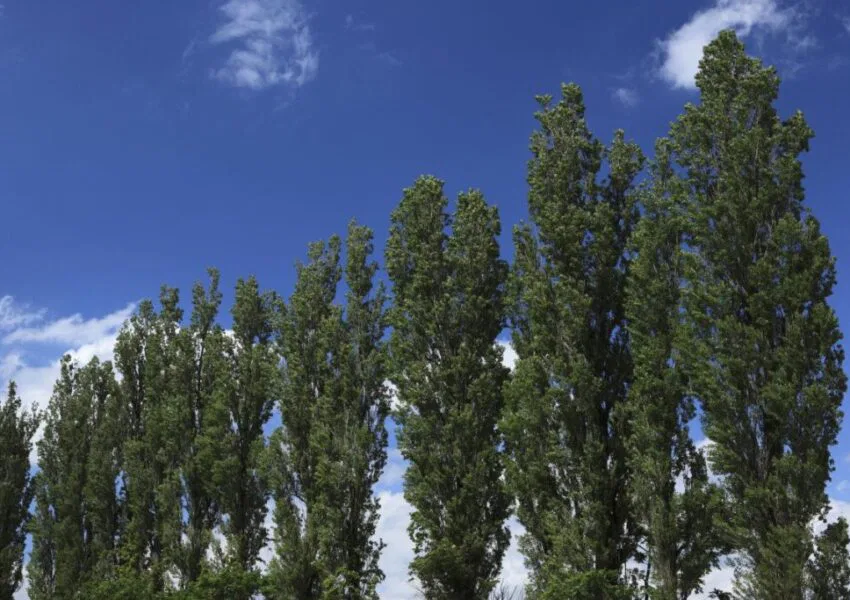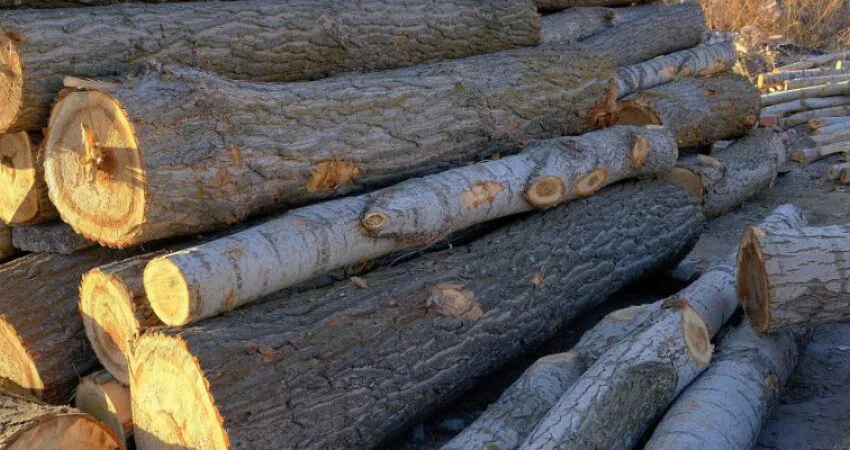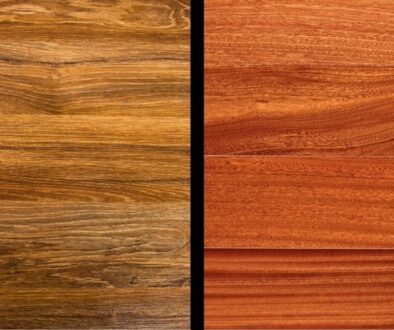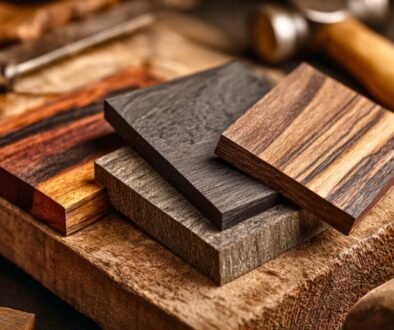Is Poplar A Hardwood? Everything You Need To Know

Published July 11, 2024
When choosing the right type of wood for your projects, the debate over whether Poplar is a hardwood or a softwood often arises. This question is not just for academic purposes; it has real implications for woodworking and home improvement projects.
Understanding the nature of Poplar can help you make informed decisions, ensuring your craftsmanship is beautiful and durable.
In this post, we’ll clear up the confusion and provide you with all the information you need to use Poplar effectively.
Defining Hardwood vs Softwood
Characteristics of Hardwoods
- Hardwoods come from deciduous trees. These trees lose their leaves annually.
- Examples include oak, maple, and cherry.
- These woods are typically denser and harder, making them ideal for furniture and flooring.
Their intricate grain patterns also make them visually appealing for fine woodworking projects.
Characteristics of Softwoods
- Softwoods come from coniferous trees. Coniferous trees like pine, fir, and cedar.
- These trees usually have needles and cones.
- Softwoods are generally lighter.
- They are easy to work with, which makes them popular for construction and utility purposes.
However, they lack the durability and aesthetic appeal of hardwoods.
Key Differences
One major difference between hardwoods and softwoods is their cellular structure. Hardwoods have vessel elements that form pores, while softwoods have long fibers. This structural difference impacts the wood’s density, grain, and overall performance in various applications.
The Poplar Tree
Species and Distribution
- Poplar trees belong to the genus Populus.
- They are native to the Northern Hemisphere
- Common species include the Eastern Poplar, Black Poplar, and Lombardy Poplar.
These trees are fast-growing and can reach heights of up to 160 feet, making them a sustainable choice for timber.
Unique Properties
- Poplar wood is known for its light color, ranging from white to light brown, with occasional greenish hues.
- It has a fine, even texture, and straight grain, making it easy to work with.
- Poplar is softer compared to other hardwoods like oak or maple.
Geographic Distribution
Poplar trees are widely distributed across North America, Europe, and Asia. They thrive in temperate climates and are often found near rivers and wetlands. Their rapid growth and adaptability make them a reliable source of timber.
Hardwood or Softwood? Debunking the Myth
Scientific Classification
Scientifically, Poplar is classified as a hardwood because it comes from a deciduous tree. This classification is based on the tree’s reproductive system rather than the wood’s physical characteristics.
Practical Evidence
In practice, Poplar behaves more like a softwood. It is less dense and easier to cut, nail, and screw compared to other hardwoods. This dual nature makes it a versatile option for various woodworking projects.
Real-World Applications
Despite its softer nature, Poplar is used in many applications where hardwoods are typically favored. It is easy to use and affordable, which makes it a popular choice for furniture frames, cabinetry, and decorative moldings.

The Versatility of Poplar
Furniture Making
Poplar is often used as a substitute wood in furniture making. It is light in color and has a fine texture. This makes it an excellent choice for internal components, such as drawer sides and backs. It is also easy to stain, allowing it to mirror more expensive woods like cherry or walnut.
Home Improvement
In home improvement, Poplar is commonly used for trim, molding, and paneling. Its smooth surface takes paint well, making it ideal for painted finishes. Additionally, it is cost-effective, providing a budget-friendly option for large projects.
Craft Projects
Poplar’s workability makes it a favorite among DIY enthusiasts for craft projects. It can be shaped, carved, and sanded easily, making it suitable for intricate designs and custom pieces.
Tips for Working with Poplar
Cutting and Shaping
When cutting Poplar, use sharp tools to achieve clean edges. Its softness means it can splinter if not handled carefully. For intricate cuts, a fine-toothed saw blade is recommended.
Sanding and Finishing
Poplar sands easily due to its fine grain. Use a medium grit sandpaper to start and then a fine grit for a smooth finish. Use a pre-stain conditioner to prevent blotchiness and achieve an even finish when staining.
Joining and Fastening
Because Poplar is softer than other hardwoods, it is easier to nail and screw. However, pre-drilling pilot holes are still recommended to prevent splitting. For stronger joints, consider using wood glue along with mechanical fasteners.
Also read: The Most Common Woods Used For Construction
Conclusion
Understanding whether Poplar is a hardwood or softwood is more than just a matter of classification; it’s about knowing how to use this versatile wood in your projects best.
Poplar offers a unique blend of characteristics that make it suitable for various applications, from furniture making to home improvement and craft projects.
By leveraging its strengths and understanding its limitations, you can achieve beautiful and functional results in your woodworking endeavors.
Ready to start your next project with Poplar? Share tips or woodworking experiences in the comments, and don’t forget to explore our related articles on different wood types and their uses!
Hire The Timber Experts For Your Next Project
Vintage & Specialty Wood should be your source of the highest quality timbers from around the world. When it comes to fabricating and installing reclaimed wood or specialty wood products in your home, we don’t cut corners. We offer many reclaimed wood and specialty wood products such as Douglas Fir, white oak, and much more. We also offer timber framing and wood flooring services as well. Contact our team today to speak to a timber expert about what Vintage & Specialty Wood can do for you.

This Blog Is Fact Checked
This content has undergone meticulous fact-checking by our team of internal experts. Gain a deeper understanding of the high editorial standards we uphold on our website here.

About The Author
Experience, exploration, and knowledge are the hallmarks of writer Rei Bayucca. Her dedication to crafting articles that both inspire and educate will leave you thinking long after you’ve finished reading.




